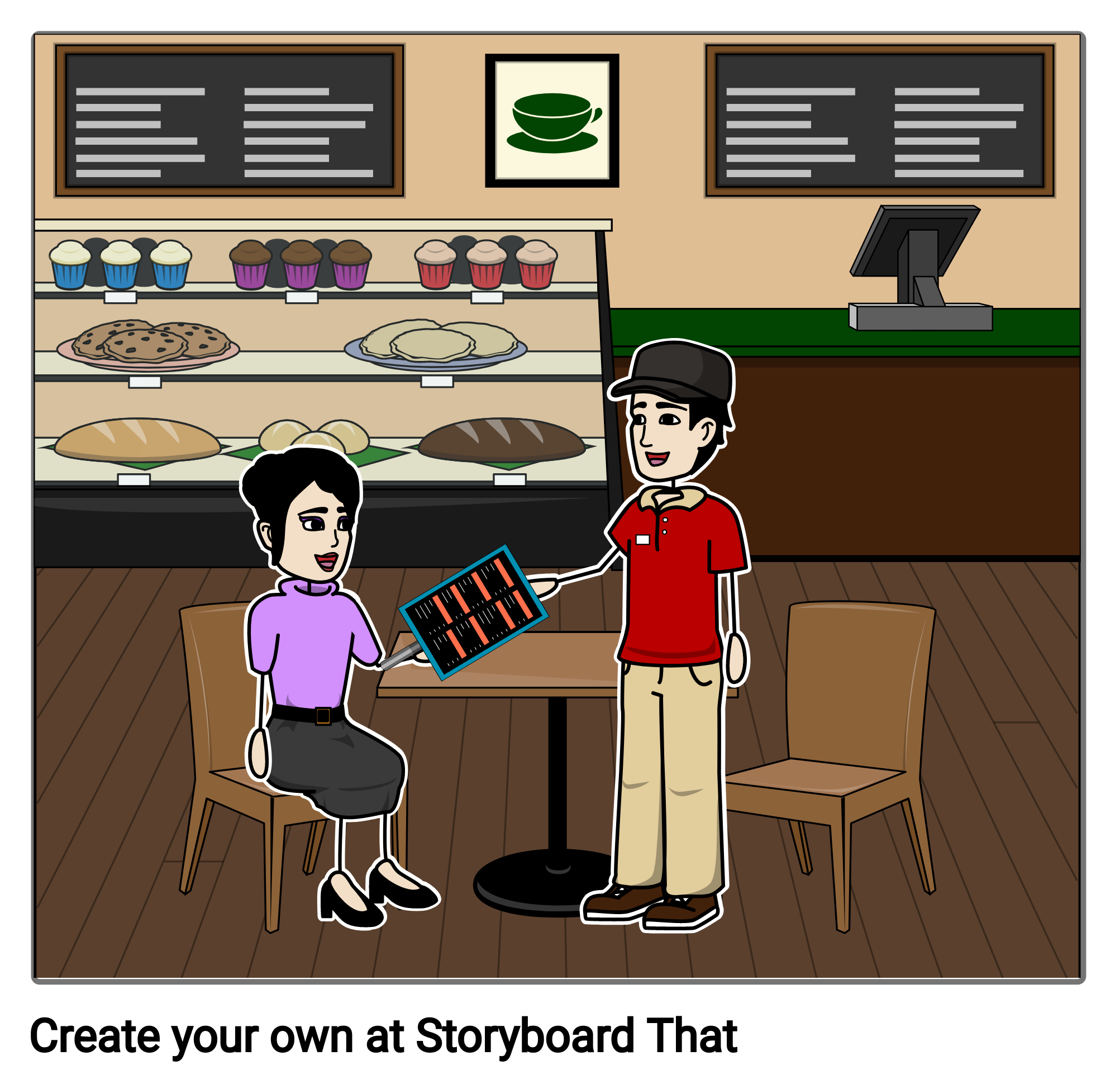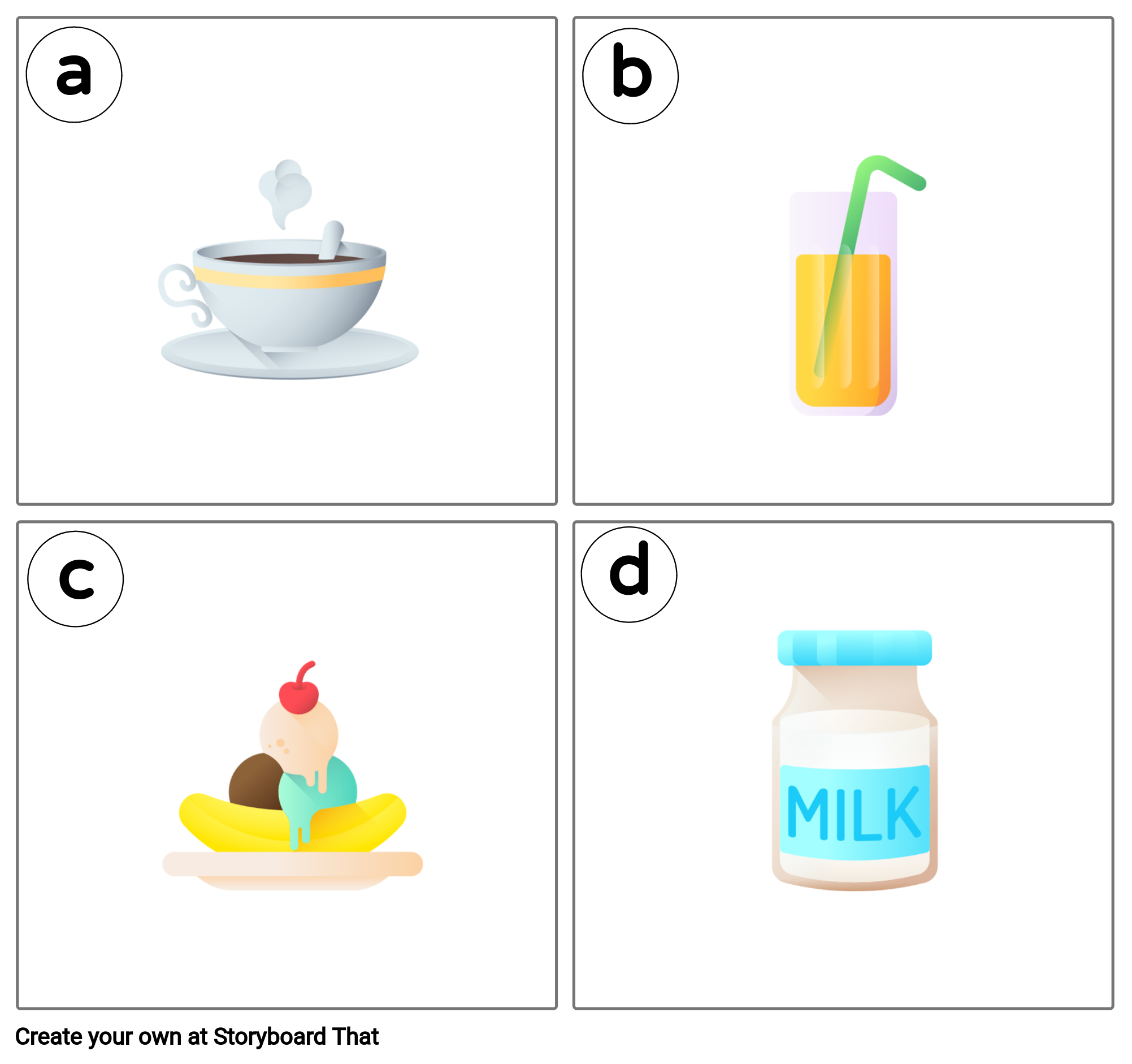PART A_1
In this lesson, we have two parts, listening and reading.
We will start with the listening part. Then, we are going to move on to the reading part.
Let’s start our lesson!
We will start with the listening part. Then, we are going to move on to the reading part.
Let’s start our lesson!
このレッスンではリスニングとリーディングの2つのパートがあります。
まずはリスニングパートから始めます。その後、リーディングパートに移ります。さあ、始めましょう!
まずはリスニングパートから始めます。その後、リーディングパートに移ります。さあ、始めましょう!
PART A_2
Please listen carefully and take notes while I read four dialogues. After I read all of the dialogues twice, please answer the questions below.
講師が1人2役で4つの会話文を読むので、メモを取りながら聞いてください。会話文が2回繰り返された後に、以下の質問に回答しましょう。
PART A_3
| 1. | In the first dialogue, what did they talk about? | |
| Answer: | . | |
| 2. | In the second dialogue, what did they talk about? | |
| Answer: | . | |
| 3. | In the third dialogue, what did they talk about? | |
| Answer: | . | |
| 4. | In the fourth dialogue, what did they talk about? | |
| Answer: | . |
PART A_4
Now, I will ask you another question about the dialogue.
先ほど読み上げられた会話文について、別の質問に回答しましょう。
PART A_5
| Which of the four dialogues describes the picture below? |

| Answer: | . |
PART A_6
Now, let’s review your answer.
答え合わせをしましょう。
PART A_7
PART B_1
Please listen carefully and take notes while I read dialogue twice.
講師が1人2役で会話文を読むので、メモを取りながら聞いてください。会話文が2回繰り返された後に、会話文に基づく質問に回答しましょう。
PART B_2

PART B_3
Now, let’s review your answer.
答え合わせをしましょう。
PART B_4
PART B_5
Please listen carefully and take notes while I read each dialogue twice.
講師が1人2役で会話文を読むので、メモを取りながら聞いてください。会話文が2回繰り返された後に、会話文に基づく質問に回答しましょう
PART B_6
| 1. | Why is the woman calling? |
| a. | To order a product |
| b. | To ask for a replacement |
| c. | To change the registered address |
| d. | To cancel an order |
PART B_7
Now, please tell me the reason why you think that is the correct answer.
回答を選んだ理由を講師に説明してみましょう。
PART B_8
PART B_9
Now, let’s review your answer.
答え合わせをしましょう。
PART B_10
PART B_11
| 2. | Does the man want Jerry to call him back? |
| a. | Yes, he does. |
| b. | No, he doesn’t. |
| c. | It depends on the situation. |
| d. | Yes, he likes him. |
PART B_12
Now, please tell me the reason why you think that is the correct answer.
回答を選んだ理由を講師に説明してみましょう。
PART B_13
PART C_1
We are done with the listening part. So, let’s move on to the reading part.
リスニングパートは終わりです。リーディングパートを始めましょう。
PART C_2
We will read aloud the words below. Please repeat after me. I will check your pronunciation.
単語を音読します。講師に続いて読みましょう。講師は発音を確認します。
(Please send the mispronounced words and phrases to your student.)
PART C_3
| 1. | differ |
|
異なる
|
|
| 2. | common |
|
一般的な
|
|
| 3. | allow |
|
許す
|
|
| 4. | furthermore |
|
さらには
|
|
| 5. | prohibit |
|
禁じる
|
PART C_4
Now, let’s review some words from part C_3.
ではいくつかの単語を復習してみましょう。
(Please review the mispronounced words and expressions from part C_3.)
PART C_5
PART D_1
Now, you will make sentences by using the words you learned.
習った単語を使って文章を作りましょう。
(Please send the sentences that need grammar corrections to your student.)
PART D_2
differ
common
allow
furthermore
prohibit
| 1. | They do not ___________ pets in the apartment. |
| 2. | It is a __________ practice in America to give tips to service crews. |
| 3. | The authorities __________ smoking in this area. |
| 4. | They are twins but they __________ in temperament. |
| 5. | Nature trips are fun and relaxing. ____________, it also helps us get fresh air and exercise. |
PART D_3
Now, let’s review your answers.
では、あなたの答えを復習してみましょう。その後、修正したあなたの答えを読んでみましょう。
(Please review your student’s answers by sending the correct answers in complete sentences. After that, ask your student to read aloud his or her corrected answers.)
PART D_4
PART E_1
We will read aloud the passage below. Please repeat after me. I will check your pronunciation.
文章を音読します。講師に続いて読みましょう。講師は発音を確認します。
(Please send the mispronounced words and expressions to your student.)
PART E_2
In America, the legal smoking age differs from state to state. The most common smoking age is 18, but in some states you can’t smoke until you’re 19. Some states used to allow smoking at age 16. The price of cigarettes is usually higher in America than in Japan. In New York city, a pack of cigarettes costs more than ten dollars. Furthermore, smoking is mostly prohibited in public areas. Even in Japan, there are rules for smokers. Japanese people are not allowed to smoke in train stations, or while they walk along the street.
PART E_3
Now, let’s review some words and phrases from part E_2.
ではいくつかの単語や表現を復習してみましょう。
(Please review the mispronounced words and expressions.)
PART E_4
PART E_5
I will ask the following questions. Please answer based on the passage. I will check if your sentences are complete and if the grammar is correct.
講師が質問するので音読した文章の内容に沿って答えましょう。講師は文法と完全な文章であるかを確認します。
(Please send the sentences that need grammar corrections to your student.)
PART E_6
| 1. | What is the most common legal age for smoking in the States? |
| Answer: | |
| 2. | At what age did some states use to allow smoking? |
| Answer: | |
| 3. | Where is smoking not allowed in New York city? |
| Answer: | |
| 4. | What are some rules for smokers in Japan? |
| Answer: |
PART E_7
Now, let’s review your answers.
では、あなたの答えを復習してみましょう。
(Please review your student’s answers by sending the correct answers in complete sentences. After that, ask your student to read aloud his or her corrected answers.)
PART E_8
PART F_1
We will read aloud the words below. Please repeat after me. I will check your pronunciation.
単語を音読します。講師に続いて読みましょう。講師は発音を確認します。
(Please send the mispronounced words and phrases to your student.)
PART F_2
| 1. | diet |
|
食習慣
|
|
| 2. | trade in A for B |
|
Aと引き換えにBを手に入れる
|
|
| 3. | consumption |
|
消費
|
|
| 4. | reduce |
|
減らす
|
|
| 5. | benefit |
|
恩恵
|
PART F_3
Now, let’s review some words from part F_2.
ではいくつかの単語を復習してみましょう。
(Please review the mispronounced words and expressions from part F_2.)
PART F_4
PART G_1
Now, you will make sentences by using the words you learned.
習った単語を使って文章を作りましょう。
(Please send the sentences that need grammar corrections to your student.)
PART G_2
diet
trade in A for B
consumption
reduce
benefit
| 1. | Our electric ____________ increased last Summer. |
| 2. | You can check the ___________ of the membership on the website. |
| 3. | A healthy __________ keeps us away from many diseases. |
| 4. | We have to ___________ our expenses. |
| 5. | I decided to __________ white rice and bread for healthier whole wheat grains. |
PART G_3
Now, let’s review your answers.
では、あなたの答えを復習してみましょう。その後、修正したあなたの答えを読んでみましょう。
(Please review your student’s answers by sending the correct answers in complete sentences. After that, ask your student to read aloud his or her corrected answers.)
PART G_4
PART H_1
We will read aloud the passage below. Please repeat after me. I will check your pronunciation.
文章を音読します。講師に続いて読みましょう。講師は発音を確認します。
(Please send the mispronounced words and expressions to your student.)
PART H_2
Many Americans new in Japan are changing their diets for the better. They are trading in a high-carbohydrate, high-fat American diet for something more “Japanese”. The first big change, for many, is their increased consumption of fish. “I never ate this much fish back in America,” said Jim Benson, an American who moved to Japan recently. Soy products and seaweed are next on this list for many Americans. These products are known to reduce the risk of heart disease and high blood pressure. “Japanese meals in general look and taste nice and are healthier, I think,” said Benson. Benson wants more Americans to know about the health benefits of Japanese food. When he tries an especially healthy Japanese dish, he features it on his blog, “Eating Healthy in Japan.”
PART H_3
Now, let’s review some words and phrases from part H_2.
ではいくつかの単語や表現を復習してみましょう。
(Please review the mispronounced words and expressions.)
PART H_4
PART H_5
I will ask the following questions. Please answer based on the passage. I will check if your sentences are complete and if the grammar is correct.
講師が質問するので音読した文章の内容に沿って答えましょう。講師は文法と完全な文章であるかを確認します。
(Please send the sentences that need grammar corrections to your student.)
PART H_6
| 1. | Who is this article meant for? |
| Answer: | |
| 2. | In what way do Americans eat differently after moving to Japan? |
| Answer: | |
| 3. | What are soy products and seaweeds known for? |
| Answer: | |
| 4. | What does Benson want more Americans to know? |
| Answer: |
PART H_7
Now, let’s review your answers.
では、あなたの答えを復習してみましょう。
(Please review your student’s answers by sending the correct answers in complete sentences. After that, ask your student to read aloud his or her corrected answers.)
PART H_8